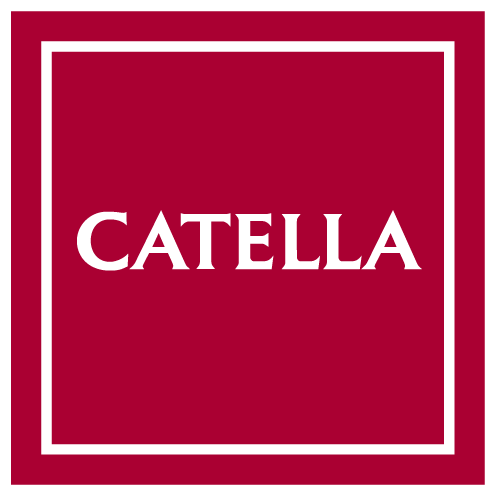The potential for future returns on all savings has decreased as the central bank has lowered policy interest rates and therefore forced down the risk-free rate. This is especially true for fixed-income investments. Is it time to give in, sell your fixed-income funds and seek a new home for your savings? Our answer is no.
Savings in fixed-income funds still have their role. Even savings in the least risky and most low-yielding bonds have a purpose since, although the returns on these are currently negative, they are predictable. In an increasingly indebted world and an environment of inflated valuations for most assets, investments in low-yielding but secure bonds can act as shock absorbers in a portfolio of assets that, if disaster strikes, could be halved in value. If a recession hits the world, an interest rate of zero or minus a half percent annually could turn out to be cheap insurance in a portfolio of riskier investments such as stocks or real estate. Investments in safe, low-yielding bonds should be seen as a war chest for a rainy day.
Our view for 2017 is that a recession is unlikely, but with the caveat that the ability to predict the future is low and it is therefore always a good idea to plan for the worst. In our case, this means that we retain a relatively high proportion of safe securities in all our portfolios in order to have “dry powder” to use if unfavourable (and unpredictable) events occur. You should do the same with your investments.
By now we all know that central banks are pursuing extremely expansionary, and in many cases harmful, monetary policy that risks giving a nasty hangover to world financial markets once the party is over. So when will the party end? Although the Swedish Riksbank assures us it has no plans to raise the repo rate in the coming years, the central bank chief Stefan Ingves reminds us all at every press conference that the repo rate forecast is exactly that, a forecast, and not a promise. We believe that, for this very reason, we should be broadly cautious about investing in illiquid assets that could be impacted the day the central bank changes course. Furthermore, today’s long-term interest rates are severely depressed by both negative policy rates and bond purchases, known as quantitative easing. The day the central bank ceases buying bonds is coming closer. If you are one of those who believe that the central bank has managed to bring down interest rates through its policy, logic should also mean that you should expect interest rates to rise when these asset purchases end. As growth continues and unemployment is falling, our best guess is that asset purchases will end this year.
Our best estimate is that growth will continue this year and next, and that the probability of recession is low. Riskier bonds, known as high-yield, continue to offer good potential returns, and the threat to these assets is recession, since defaults are often a consequence of bad times. Although we are well aware that we cannot see into the future, we believe high-yield investments are attractive, if not the most attractive, at the moment. Remember that as long as companies do not default on payments, you will get a return of about 5 percent. This is a level that we believe will be able to measure up to what the stock market could provide from today’s historically high equity valuations.
Important information
Investments in fund units are associated with risk. Past performance is no guarantee of future returns. The money invested in a fund can increase and decrease in value and it is not certain that you will get back the full amount invested. No consideration is given to inflation. The Catella Balanserad, Catella Credit Opportunity and Catella Hedgefond funds are special funds under the Swedish Alternative Investment Fund Managers Act (SFS 2013:561) (AIFM). Catella Reavinstfond and Catella Småbolagsfond may use derivatives, and the value of the funds may vary significantly over time. The value of Catella Sverige Index may vary significantly over time. Catella Avkastningsfond may use derivatives and may have a larger proportion of the fund invested in bonds and other debt instruments issued by individual national and local authorities and within the EEA than other investment funds, in accordance with Chapter 5, Article 8 of the Swedish Investment Funds Act (SFS 2004:46). Catella Nordic Long Short Equity and Catella Nordic Corporate Bond Flex may use derivatives and may have a greater proportion of the funds invested in bonds and other debt instruments issued by individual national and local authorities and within the EEA than other investment funds. For more details, complete prospectuses, key investor information, and annual and half-yearly reports, please refer to our website at catella.se/fonder or phone +46 8 614 25 00.

Thomas Elofsson

